Pre-COVID, the next generation of broadband connectivity—5G—looked like it would follow suit with the generations before it when it came to its rollout and establishment. But the pandemic changed that. And changed quickly the critical need for advanced broadband connectivity.
Unlike the generations before it and the current Wi-Fi networks deployed, 5G provides faster connection speeds, quicker downloads, lower latency, and the ability to connect more devices in a network or area—critical for business growth to city-based enterprises. In short, 5G holds the potential to stimulate local economies, improve overall urban broadband services and even ease some of the challenges of expanding existing networks. This, however, can only be experienced if legislators pave the way for the 21st century digital highway so its residents and business owners can access it.
Remember March 2020? Not only did businesses and enterprises suffer as workers throughout populous urban centers like New York City shuttered amidst COVID restrictions, the youngest residents were pushed into virtual-only schooling. This “work and learn from home” scenario is now looking more and more like the ‘new normal’ as we enter a somewhat post-pandemic phase in many urban districts versus a temporary fix guided by a global virus.
According to Bloomberg, some 500,000 households lack reliable connection in New York City. Statistics are even more striking when broken down by population. The fact is that 1.5 million New Yorkers lack both home and mobile access, or about a fifth of residents, in what’s arguably the busiest, most connected city in the U.S. Many see this as an indictment for network buildout to happen now, and not be bottlenecked any longer by bureaucratic red tape.
As many local governments like New York City have scrambled to secure advanced internet access for all its residents, laws and regulations have either deterred expansion plans, or oppressed initiatives with arresting effects in introducing 5G where it is not only critically needed, but could be economically beneficial for all municipalities, businesses, school districts and residents.
Network advancements considering not only the adoption of 5G, but the swift proliferation of next-generation technology within existing network infrastructures already in place throughout boroughs and city centers may very well be the key to unlocking the long-term, sustained economic opportunities 5G can offer urban centers.
Further digitizing populous areas will help provide more seamless services not only for enterprises, residents and municipal operations like EMS and police, but can also create more jobs within those sectors, further supporting economic growth for cities.
It is no secret and nothing new: implementing 5G will give businesses a competitive edge to offer faster connections to their customers. Telecommunication executives have been on the front line fighting for this for years. Now it is time for lawmakers and regulators to lead the charge. While there are many municipal hurdles that must be overcome, there are also unquestioned benefits for both the immediate communities as well as long-term economic growth.
So how are wireless and wireline service providers ensuring their network is able to seamlessly have the most reliable infrastructure in place? It comes down to having established, trusted partnerships with fiber and wireless installation providers. For more than 35 years, fiber optic and wireless network installers like Hugh O’Kane Electric (HOK), led by President Hugh R O’Kane, have become the industry leader specializing in telecommunication projects for New York City and its metro area. The company, through its partnerships with the leading telcos, has been upgrading, expanding, and installing wireline and wireless networks for a variety of public and private enterprises on a regular basis.
This institutional expertise Hugh O’Kane is able to provide to private and public entities is paramount in order to design and implement projects that can successfully expand their service offerings to increase their market share and gain more customers. This lineage of decades-long experience and industry expertise has afforded Hugh O’Kane a competitive edge because it has expert knowledge of an area’s infrastructure and is able to work within the required parameters of existing networks and energy providers much more easily. In doing so, Hugh O’Kane is able to take the time required to provide a power infrastructure needed to ensure continuous, robust energy for corporations and private enterprises.











